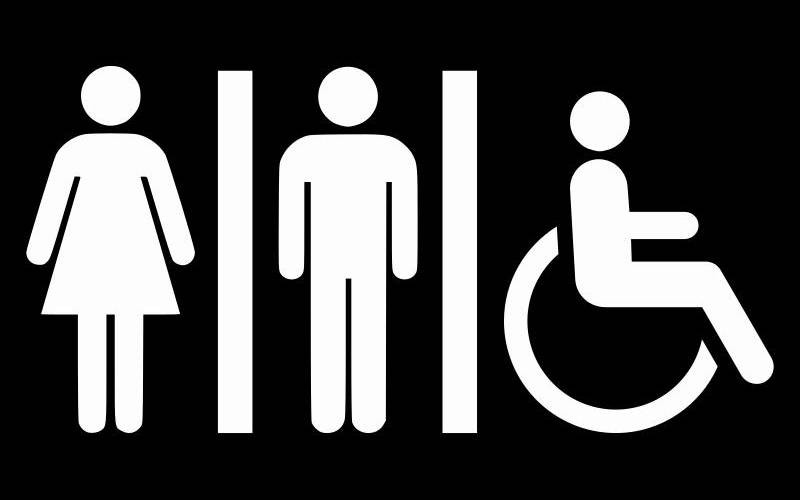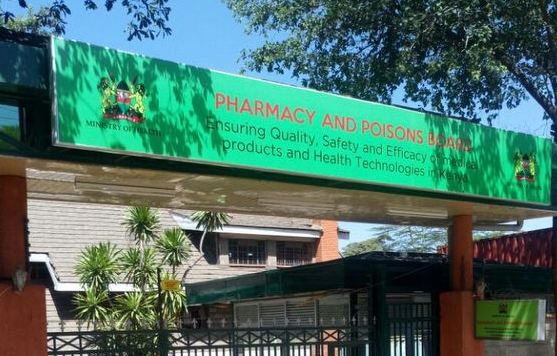
In the 21st century, life is fast-paced. We rarely have time for deep contemplation, and much of our innovation assumes a perfect world that rarely exists.
Think about the last time you visited a public restroom. Did it have accessible features for people with disabilities? What about your workplace building? Does it have ramps or other accessible features?
Persons with disabilities (PWDs) make up a sizable portion of the 2.4 billion people who still lack access to sanitation. They are also more likely to experience poorer access to water, sanitation, and hygiene (WASH) facilities.
In Kenya alone, the 2019 census reported that 2.2 per cent (0.9 million people) live with disabilities. A common challenge for this group is restricted movement. Public transportation often lacks accessibility, and basic sanitation facilities rarely accommodate their needs.
Shouldn't inclusive toilets be a priority in homes and other social spaces to ensure equitable access for everyone?
People can become disabled through accidents, wars, natural disasters, diseases, and old age. Therefore, accessibility should always be considered even if no person with disabilities is currently known to live in the community.
Accessible infrastructure isn't just the right thing to do, it's an economic win-win. Every USD1 invested in accessibility generates USD4 in return while empowering PWDs and their families to contribute more fully.
- Hospitals in three counties get free wheelchairs
- Only 4pc of public institutions have met employment threshold for persons with disabilities
- GBV rising among persons with disabilities - report
- Japanese firm, UNICEF partner to boost sanitation and hygiene
Keep Reading
The Sustainable development goal (SDG) was ratified to practice the "leave no one behind" principle for all developmental goals. Specifically, SDG 6 reflects universal WASH access. Vulnerable population groups like people with physical disabilities were stated to gain special treatments
Luckily, we are experiencing a surge in public attention to understand disability and groundbreaking interventions have shown how inclusive sanitation designs can be inexpensive.
Inclusive sanitation facilities can be achieved when people with disability are actively involved in the sanitation-related decision-making process, including the design of toilets that meet their specific needs.
Let inclusive sanitation be a symbol of our shared humanity, a testament to our collective strength.
- The author is a sustainability consultant
 The Standard Group Plc is a multi-media organization with investments in media platforms spanning newspaper print
operations, television, radio broadcasting, digital and online services. The Standard Group is recognized as a
leading multi-media house in Kenya with a key influence in matters of national and international interest.
The Standard Group Plc is a multi-media organization with investments in media platforms spanning newspaper print
operations, television, radio broadcasting, digital and online services. The Standard Group is recognized as a
leading multi-media house in Kenya with a key influence in matters of national and international interest.




